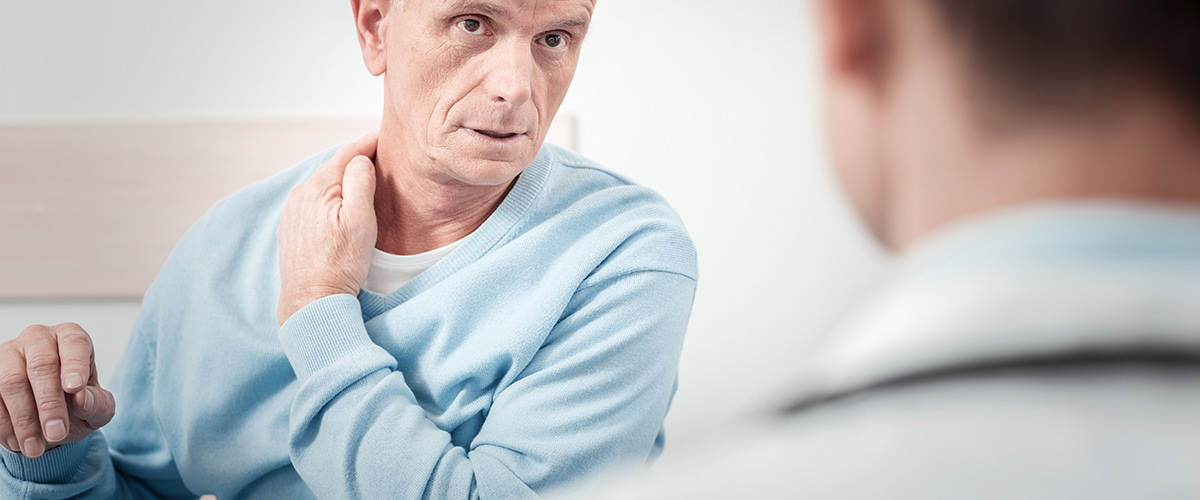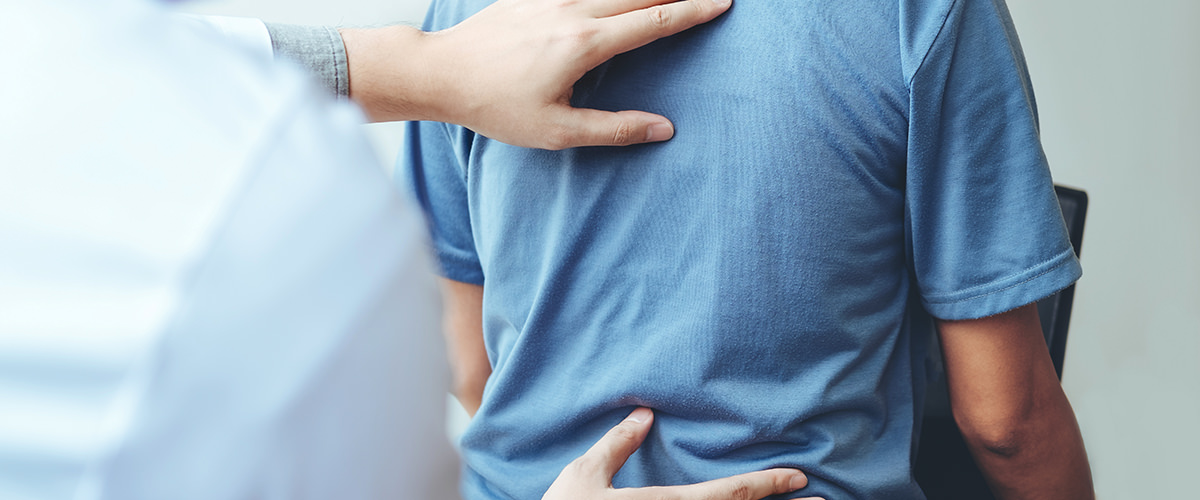What happens during a consultation with an osteopath?
Osteopathy is a manual therapy for the whole family. Both preventive and curative, it aims to identify what is causing the symptoms by analysing the different structures of the body. It is a systemic practice that acts on functional disorders that may, for example, be digestive, muscular or articular.
A session with an osteopath takes place in 4 separate stages, enabling the professional to take a comprehensive approach to the patient and offer them personalised care tailored to their age.
Anamnesis: getting to know the patient and their medical history
At your first appointment, the osteopath will perform an analysis of your medical history. This preliminary interview enables the professional to understand the reasons for your consultation. You will be asked to:
- describe your various symptoms, the circumstances that aggravate them or, on the contrary, those that relieve your pain;
- review your medical and trauma history (surgical operations, fractures, sprains, functional disorders, etc.);
- describe your psycho-emotional environment (work, stress, separation, bereavement, etc.) and your lifestyle;
- if possible, submit your medical examinations and reports: medical imaging, blood tests, ultrasounds, etc.
The therapist will adopt a professional stance throughout the entire history-taking process. All this questioning allows the therapist to get to know you better and to prepare the testing phase as well as possible.
Does the consultation concern your child? If so, remember to bring your child’s health records with you.

The osteopathic examination: an assessment of the patient's body
The examination is performed in comfortable clothing (leggings, for example). This makes it easier to palpatate and assess areas of tension and general posture.
Every part of the body is analysed, even if it does not seem to be directly linked to your pain. In fact, an old injury such as a sprain may give rise to a physical problem such as a sprained back. These palpations are carried out systematically. They enable the osteopath to decide whether to continue with treatment or refer you to another health professional.

Osteopathic treatment: correcting dysfunctions
Your osteopath will ask you to be as relaxed as possible and to report any discomfort or pain during the manipulation phase.
After identifying the origin of the dysfunctions in your body, they will proceed to correct the osteopathic injuries. The osteopath uses a variety of methods depending on your age, medical history and symptoms.
- Functional techniques based on very gentle palpatations, making the osteopath’s work almost invisible;
- Visceral techniques focus on the movement of organs, pelvic areas and the thorax;
- Tissue or myofacial techniques, which work on the body’s tissues;
- Structural techniques to restore joint and spinal mobility.
- Cranial techniques to relieve dizziness by acting on the bones of the skull.
- Abrasive techniques to relieve painful areas.
- Fascia or tissue techniques, which use palpation of the body’s soft tissues.
- Cupping therapy techniques, which have analgesic, circulatory and energy-giving effects.
At the end of the treatment, the osteopath will perform further tests to check that all the body’s structures have regained their mobility and alignment.
Post-session check-up: recommendations and advice from a professional
At the end of the session, the osteopath will carry out a check-up to inform you of the various injuries that have been treated. This is a time when your professional acts in a preventive way by giving you advice and recommendations: posture at work, practising sport, carrying heavy loads, etc.
Post-consultation side effects
In the days following your appointment, you may feel slightly achy, tired or lethargic. These side-effects are short-lived. On the other hand, if more severe reactions appear, don’t hesitate to inform your therapist as soon as possible. They will then reassess your case.